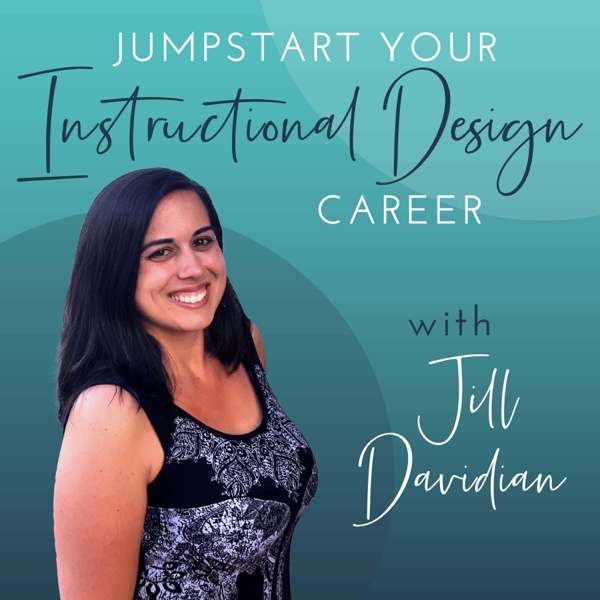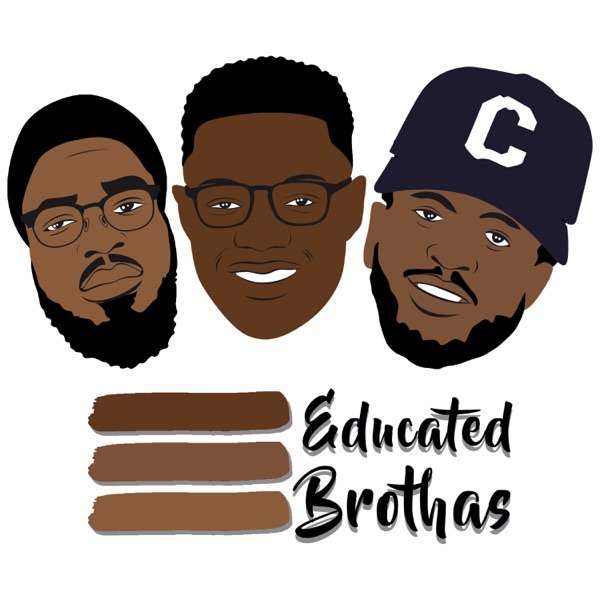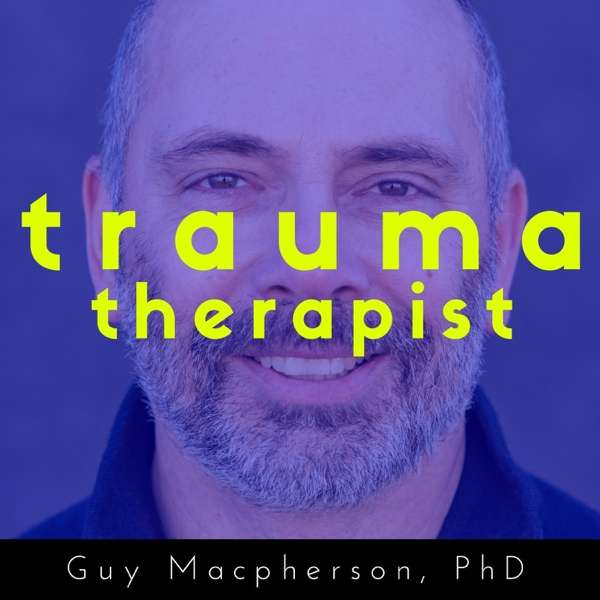How do you help all children thrive? Get in-depth discussions and insider tips with Dr. Kristie Pretti-Frontczak. Each episode gives access to real-world strategies and tools for dealing with behaviors that are challenging, pressures to “ready” children for Kindergarten, and the goal to build kinder, more inclusive, and more creative classrooms, which address the whole child. The host, Dr. Kristie Pretti-Frontczak, has 30 ears of experience in teaching and supporting early educators. You, too can become an ECE {R}evolutionary and reclaim children’s right to learn through play, reimagine inclusive classrooms, and revolutionize early care and education.
- Home
- Top Charts
- Top Networks
- Top Apps
- Top Independents
- Top Podfluencers
- Top Picks
- Top Business Podcasts
- Top True Crime Podcasts
- Top Finance Podcasts
- Top Comedy Podcasts
- Top Music Podcasts
- Top Womens Podcasts
- Top Kids Podcasts
- Top Sports Podcasts
- Top News Podcasts
- Top Tech Podcasts
- Top Crypto Podcasts
- Top Entrepreneurial Podcasts
- Top Fantasy Sports Podcasts
- Top Political Podcasts
- Top Science Podcasts
- Top Self Help Podcasts
- Top Sports Betting Podcasts
- Top Stocks Podcasts
- Podcast News
- About Us
- Podcast Advertising
- Contact

 Our TOPPODCAST Picks
Our TOPPODCAST Picks  Stay Connected
Stay Connected







